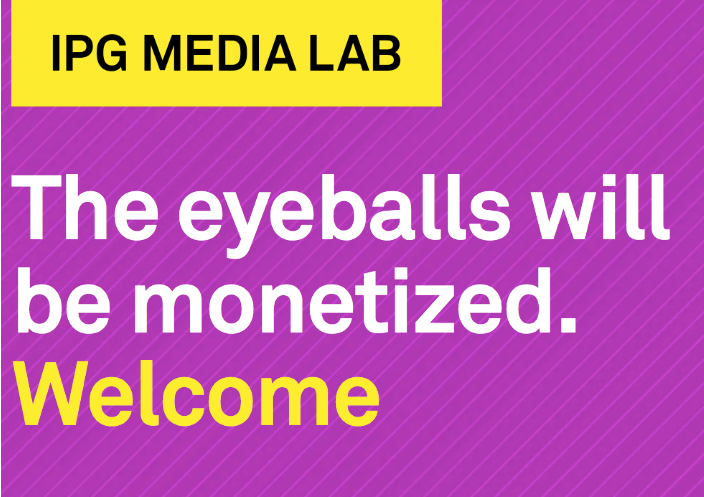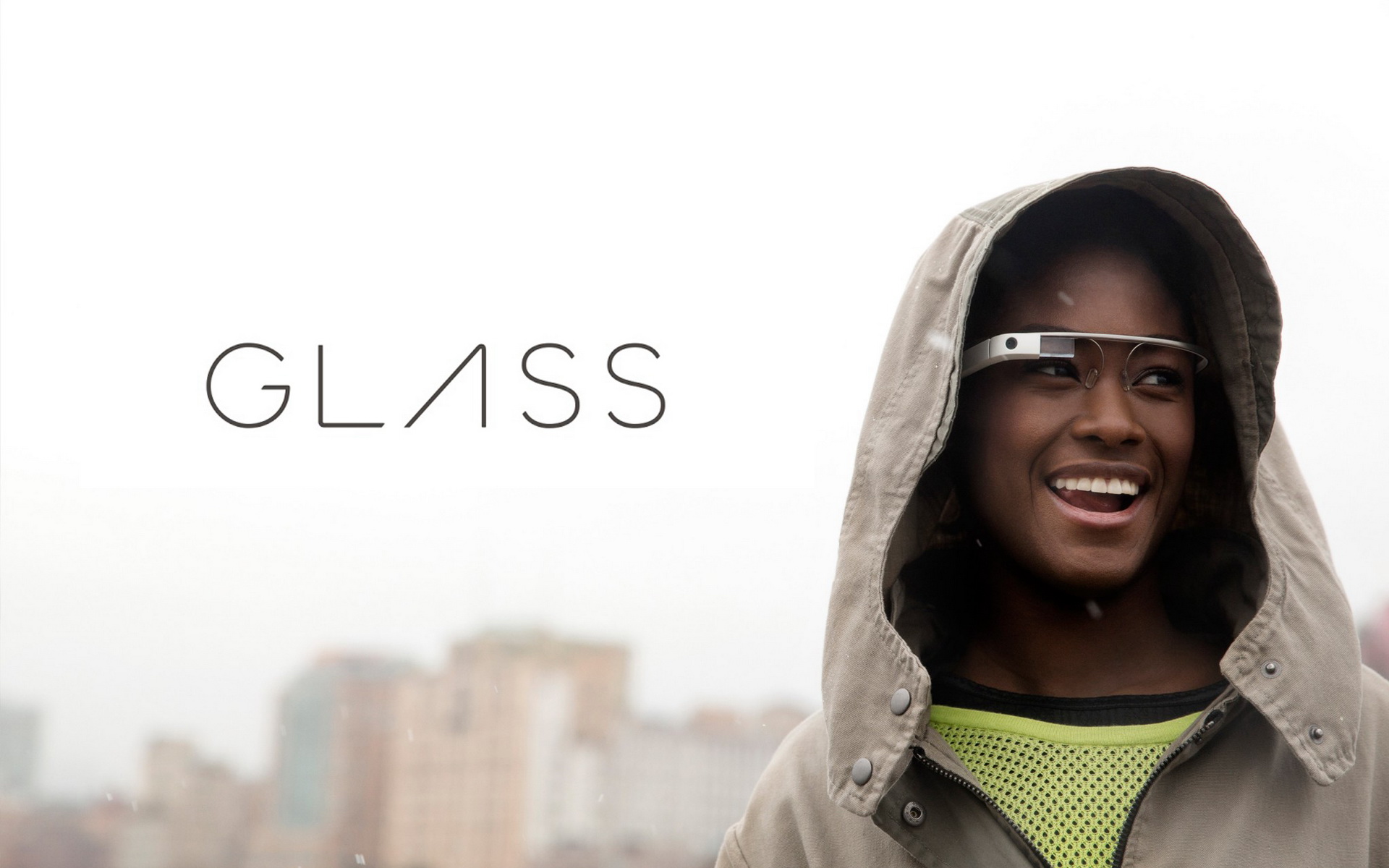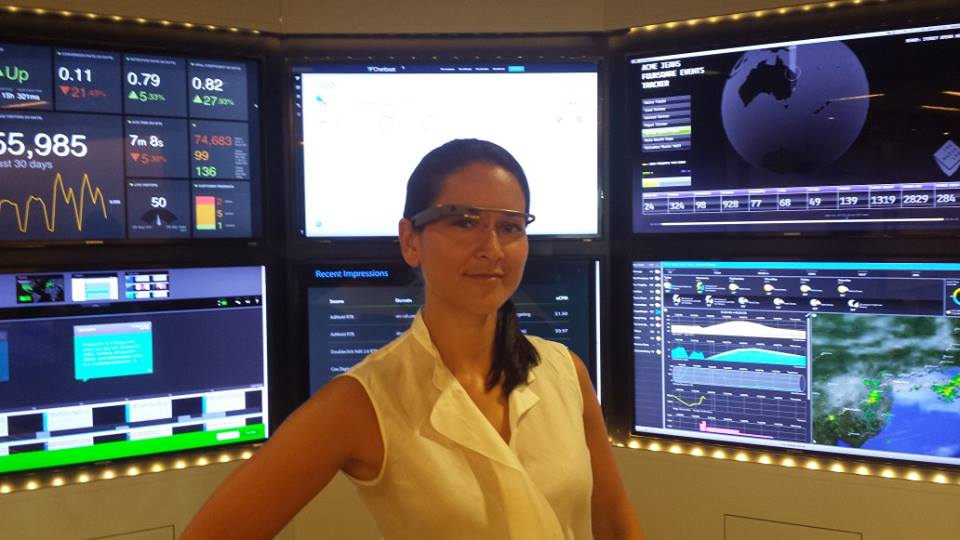Much has been made of Google’s newly-awarded Pay-per-Gaze patent for a mysterious “head mounted gaze tracking device which captures external scenes viewed by a user wearing the head mounted device,” (I wonder what they can be referring to), which would monitor the pupils of those wearing the device to infer emotion and track what ads they are looking at.
If it’s not too wild a presumption to think they are referring to Google Glass – and while there are certainly a few technicalities they need to work out first – it seems to be the obvious delivery mechanism for the patented technology.
At the Lab, we’ve been in the business of “monetizing eyeballs” for years using eye-tracking technology and other attention and emotion-detecting technologies to benchmark the ad effectiveness. With the prevalence of webcams, and the advanced sophistication of biometric software in the past year, we’ve been able to amass sample sizes in the thousands in our research studies.
Being able to do this with Glass, and gauge consumer sentiment to stimuli out in the real world, is an extremely exciting proposition for research.
Considering how invasive it is, the key is to have consumers opt in, and have a pretty good incentive to do so. We imagine just a sample of the population would participate, as in a large scale research study or Nielsen panel. Or perhaps, consumers at large will be paid to have their personal data tracked, possibly paving the way towards a data economy where consumers receive micro-payments in exchange for sharing personal data, as envisioned by Jaron Lanier in his book “Who Owns The Future?”
For more information, contact [email protected].



